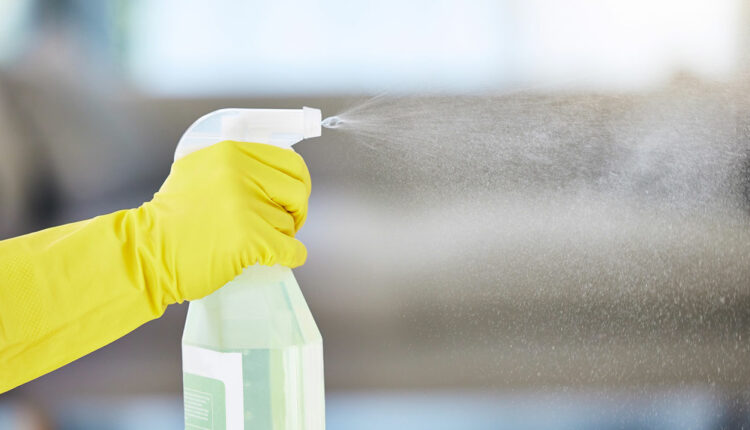
Top 5 Tips for Effective Surface Disinfection in Your Dental Practice
Ensure the safety of your operatory with these essential disinfection tips for clinical surfaces.
Infection control is crucial in every dental office, especially for clinical contact surfaces that are frequently touched and easily contaminated. Here are five tips to help you maintain the highest standards of asepsis.
1. Distinguish Between Surface Types
Clinical contact surfaces, such as light handles and switches, require more attention than housekeeping surfaces like floors. Prioritize using barriers and disinfection methods to minimize contamination risks.
2. Use Barriers for Efficiency
Surface barriers can save time and are ideal for hard-to-clean areas. These single-use barriers should be replaced after each patient, reducing the need for disinfection unless visibly contaminated.
3. Follow Proper Disinfection Protocols
For effective disinfection, use the “spray-wipe-spray” method. First, clean the surface with a disinfectant wipe, then apply the disinfectant and let it sit for the recommended contact time to kill any remaining pathogens.
4. Choose the Right Disinfectant
Select intermediate-level disinfectants for clinical contact surfaces, as they are effective against bloodborne pathogens like Mycobacterium tuberculosis.
5. Read Labels Carefully
Not all disinfectants are created equal. Be sure to check the manufacturer’s label for efficacy against specific pathogens and follow the instructions closely. By incorporating these best practices, dental hygienists can ensure a clean and safe environment for both patients and staff. Click here to read more.

